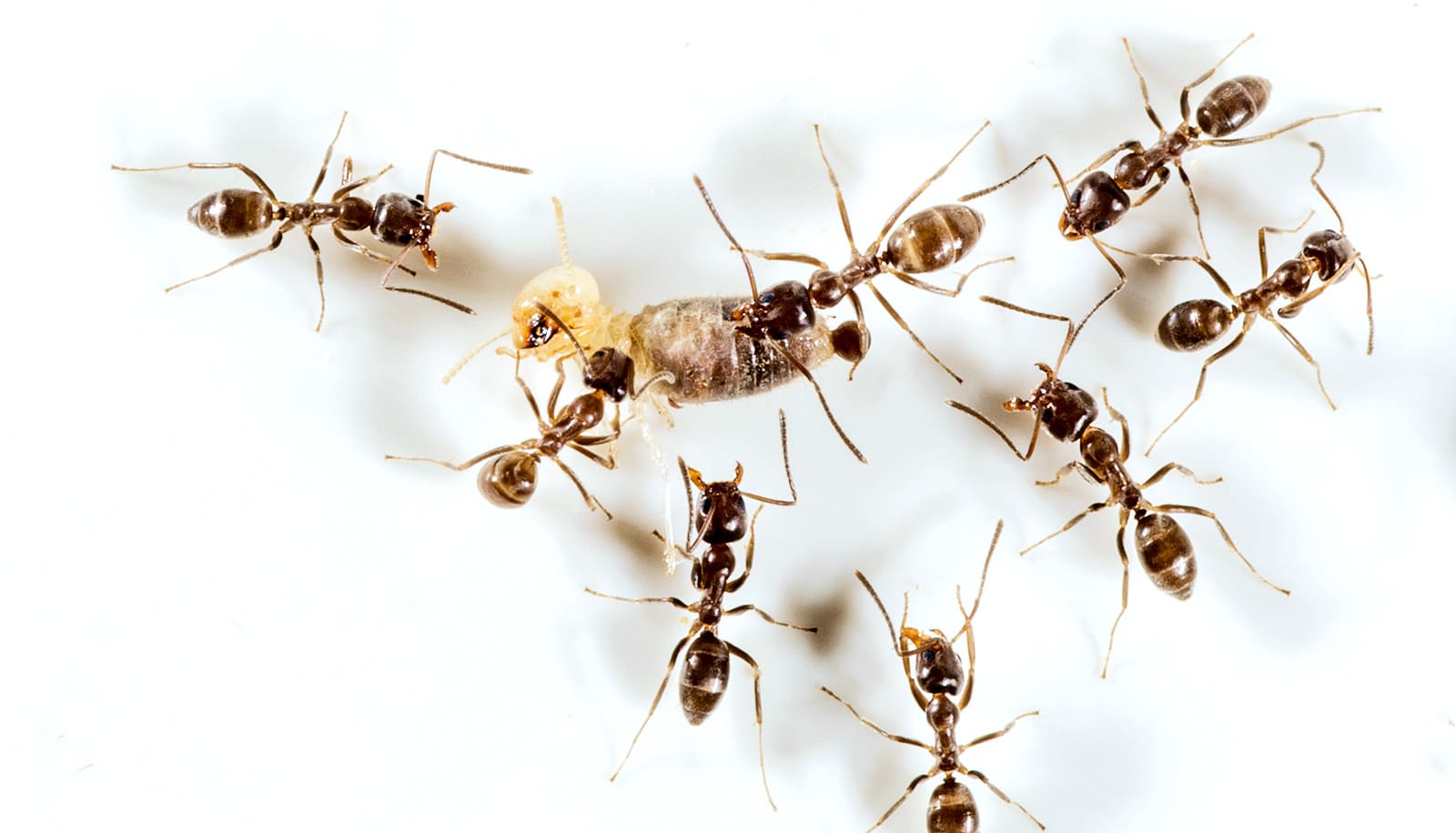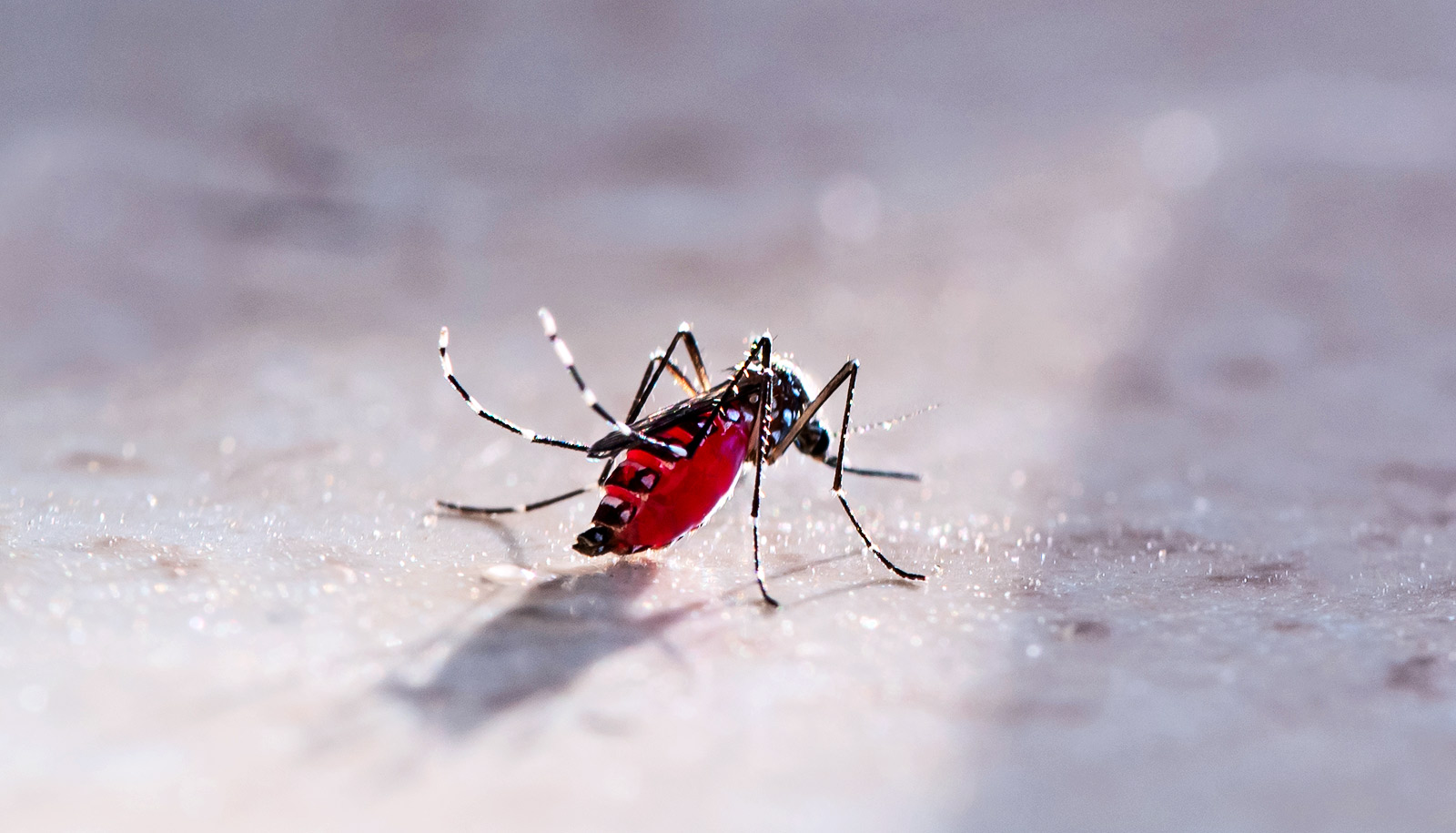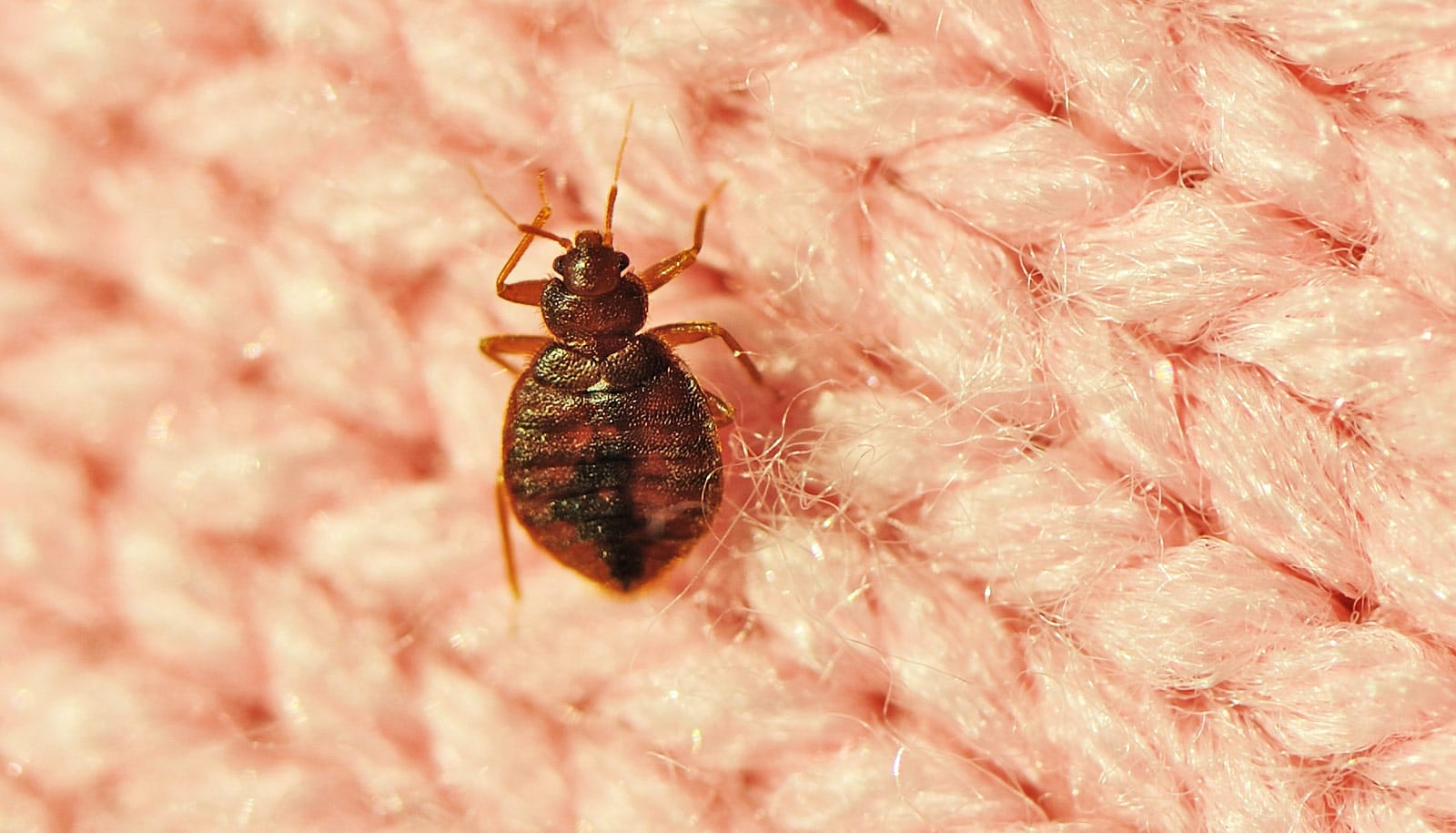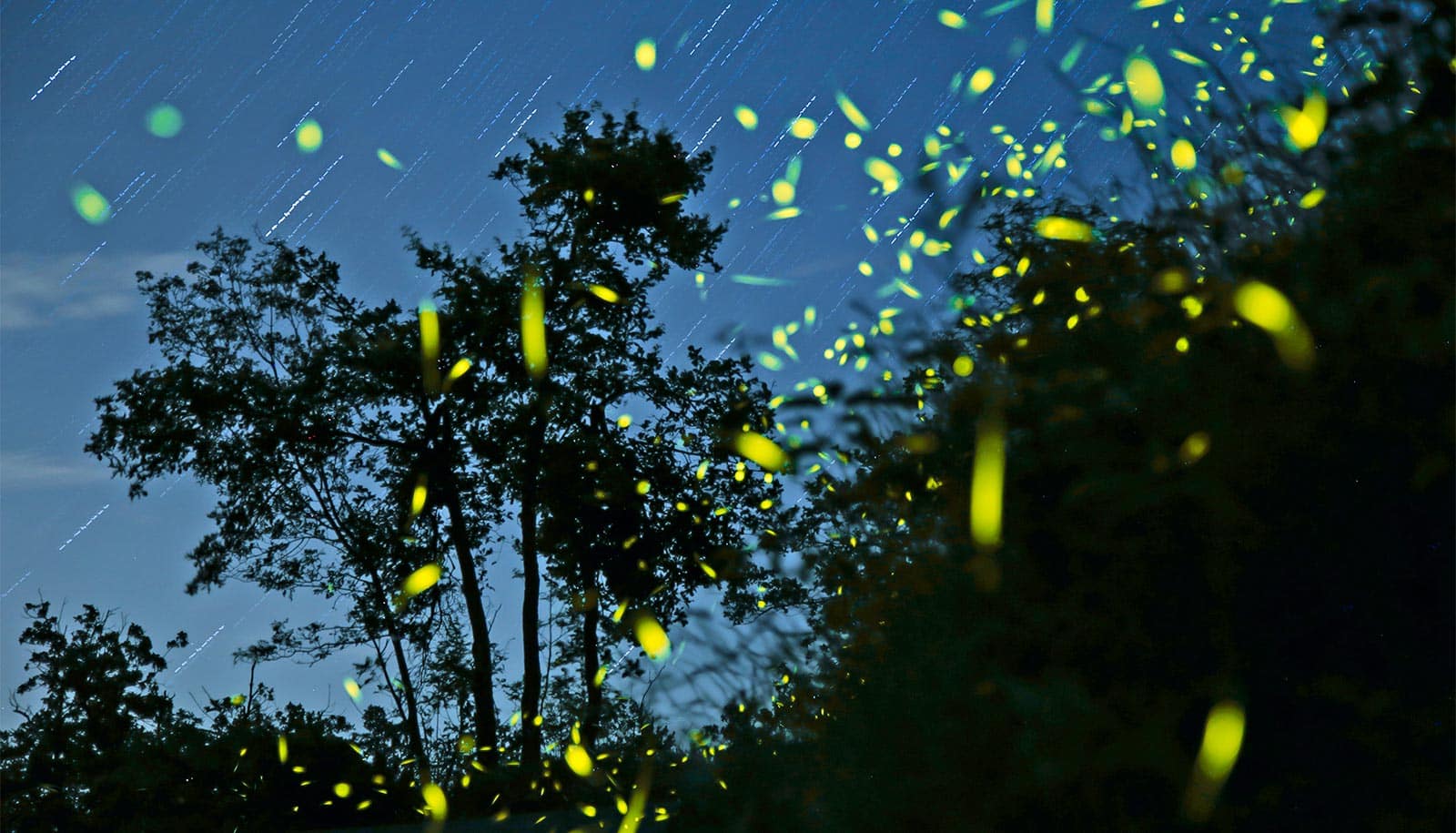Poison bait is meant to smell and taste like foods that pest insects like invasive ants like to eat. But giving them the real thing instead of a knockoff might be a better option, researchers report.
When researchers coated termites with poison and set them free near colonies of invasive ants in South Africa, nearly every ant died within three weeks—using far less insecticide than traditional control methods.
“All ants eat protein to grow, and they usually get it by preying on insects,” says Grzegorz Buczkowski, a research associate professor of entomology at Purdue University. “We are feeding them what they want and getting better results.”
There are invasive ant species on nearly every continent, often brought from their native countries to others in the holds of ships. The Argentine ant, for example, came from Argentina to the United States more than a century ago in soil used as ballast on ships. When the ships arrived in Louisiana, they dumped the soil to load up on cargo, and the ants started to spread, reaching much of the southern portion of the country.
Argentine ants outcompete many other species, disrupting ecological interactions and also consume secretions from crop pests, such as aphids. In return, they protect those pests from natural predators, allowing their populations to grow.
“Argentine ants are highly aggressive and competitive. It’s why they can outcompete native ants. But that works against them”
It’s the Argentine ants’ ability to dominate other species that makes the new control method so effective.
“Argentine ants are highly aggressive and competitive. It’s why they can outcompete native ants,” Buczkowski says. “But that works against them. When you put out termites, Argentine ants are the first to find them. They take these termites back to the nest and poison the whole colony.”
In field tests in South Africa, Buczkowski created six 100-square-meter plots and released termites coated in fipronil, a broad-spectrum insecticide. In four plots, the insecticide eradicated 100 percent of ants within 21 days. In the other two, the insecticide killed nearly 98 percent of the ants.
Fipronil is often used in other forms, but those require far more of the poison to control the same area. It would take 2,644 times more liquid spray, and 16,158 times more granules to cover 100 square meters. Those forms must be spread on the ground, and can also kill insects not meant to consume the poisons.
The termites have another advantage over other forms of poisons. Granules, gels, and sprays only affect the worker ants that come into contact with or consume them.
Hydrogel bait lures ants to a killing party
But the worker ants can’t digest termites themselves. Instead, they use a process called trophallaxis. They take the termites back to their nests and feed them to larvae, which pre-digest the insect and feed it back to the workers. The predigested termites poison the larvae, the workers, and the queens who receive the food from workers.
“With some baits you kill off the workers, but you still have queens and broods, and a few weeks later you have a new generation,” Buczkowski says. “With this, you’re stopping the colony from reproducing.”
While the termites die within an hour of researchers painting them with fipronil, Buczkowski isn’t recommending setting termites loose near homes or other buildings to control ant populations. Instead, he sees the method as an effective way to control invasive ant populations in large natural areas that contain colonies with millions of ants.
Future research will include testing other poisons, as well as different bait insects and other species of invasive ants. Since ants tend to want fresh prey, researchers are also experimenting with freeze-dried termites that look fresh but could be pre-treated and taken to field areas to kill ants.
The researchers report their findings in the Journal of Applied Entomology.
Source: Purdue University



